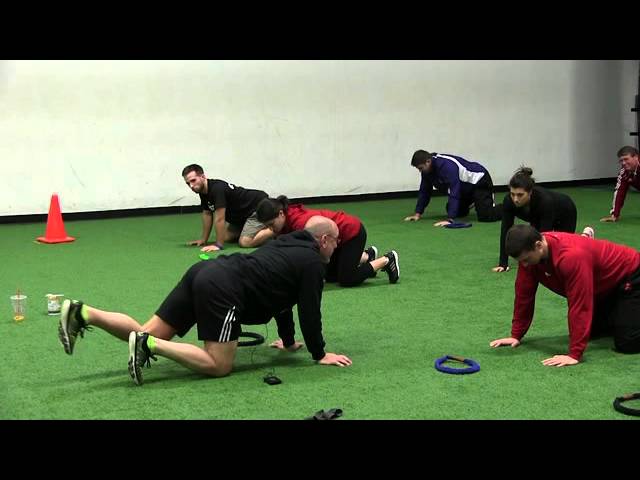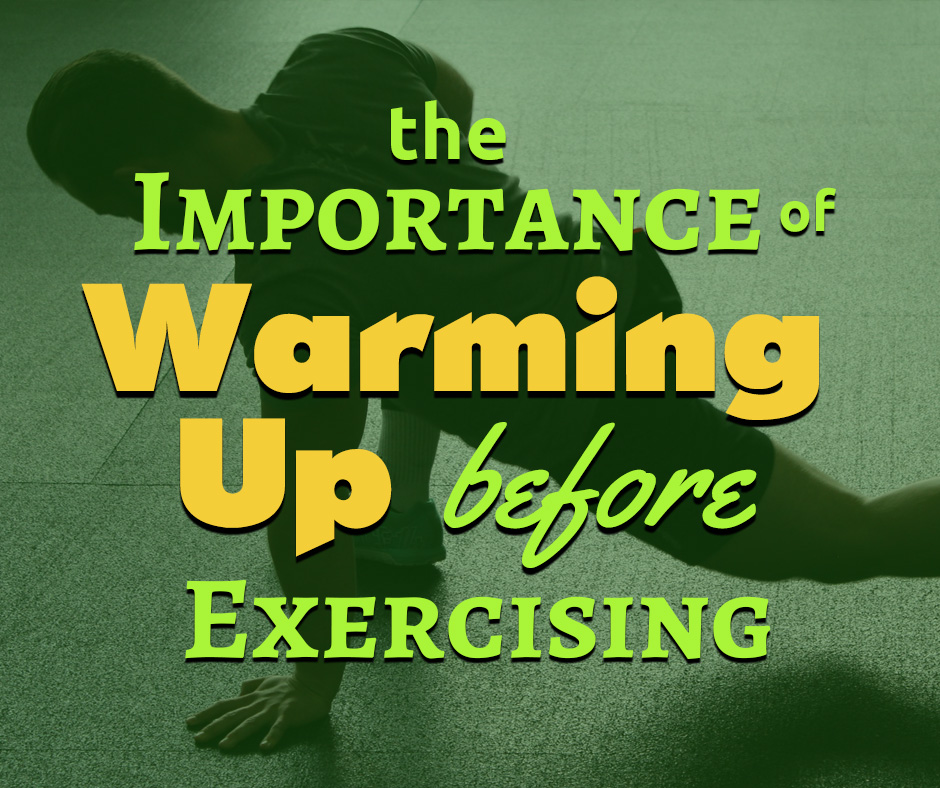
A warm-up can be defined as preparatory exercise to improve competition or training performance (Fradkin, Zazryn, & Smoliga, 2010). However, have warm-ups been supported by evidence as being effective? If so, to what degree are they effective, and why are they effective? The following sections will explore the aforementioned questions to gain insight and appreciation of the warm-up, its value, and utility in training programs.
In my practice of post-rehabilitation, I work predominantly with sedentary female populations recovering from motor vehicle accidents. It is paramount that range of motion, motor control, and strength are restored/enhanced to help reduce the risk of re-injury. Every step is closely monitored, while maintaining good communication with the client. A substantive component of the program (i.e., the first fifteen minutes of an hour with the client) is devoted to warming up and preparing the client for the strength-training phase of the routine. Fradkin et al. (2010) further defined the warm-up as an opportunity to increase muscle and tendon suppleness, blood flow to the periphery, increased muscle temperature, and improved coordinated movement. All of these qualities are relevant, and important, to my clientele.

It would seem logical that these attributes are significant, yet paradoxically, Fradkin et al. (2010) noted that there was little evidence supporting the warm-up and the relationship to performance enhancement. Thus, it was not known if warm-ups were effective, ineffective, or dangerous. The authors narrowed their meta-analysis to 32 studies, which compared several forms of warm-ups and changes in performance measures. This novel approach allowed Fradkin et al. (2010) to see the general effectiveness of warm-up variants, with a total of 92 warm-up protocols reviewed.
Some of the performance tasks evaluated included vertical jumps, 100-yard swims, forty-meter dashes, golf club head speeds, and horizontal jumps (Fradkin et al., 2010). Some of the warm-ups included six-minute jogs, static stretches, as well as motions that replicated performance tests (Fradkin et al., 2010). Of the 32 studies evaluated, there was a mean improvement of 79% from baseline scores (Fradkin et al., 2010). This suggests that, in general, warm-ups tended to improve performance outcomes. However, limitations still exist as to which combinations allow for the most optimal performance. Additionally, performance tests lacked specificity to the strength exercises I implement with my clients: horizontal pushing/pulling, hip/knee dominant and core stability exercises. Most of the performance tests Fradkin et al. (2010) analyzed were power production (i.e., vertical jump), and metabolically demanding motions (i.e., 100-yard swim).

Based on the authors’ research, it is uncertain if warm-ups improve performance outcomes for strength-based exercise. However, warm-ups still have been shown to improve muscle and tendon suppleness, blood flow to the periphery, muscle temperature, and coordinated movement (Fradkin et al., 2010). These qualities are, and will continue to be, paramount to my population. However, additional research into warm-ups for strength-based performance tests could help substantiate, and refine, their utility with my clientele.
References
Fradkin, A., Zazryn, T.R., & Smoliga, J.M. (2010). Effects of warming-up on physical performance: A systematic review with meta-analysis. Journal of Strength and Conditioning Research, 24(1), 140-148.
-Michael McIsaac
